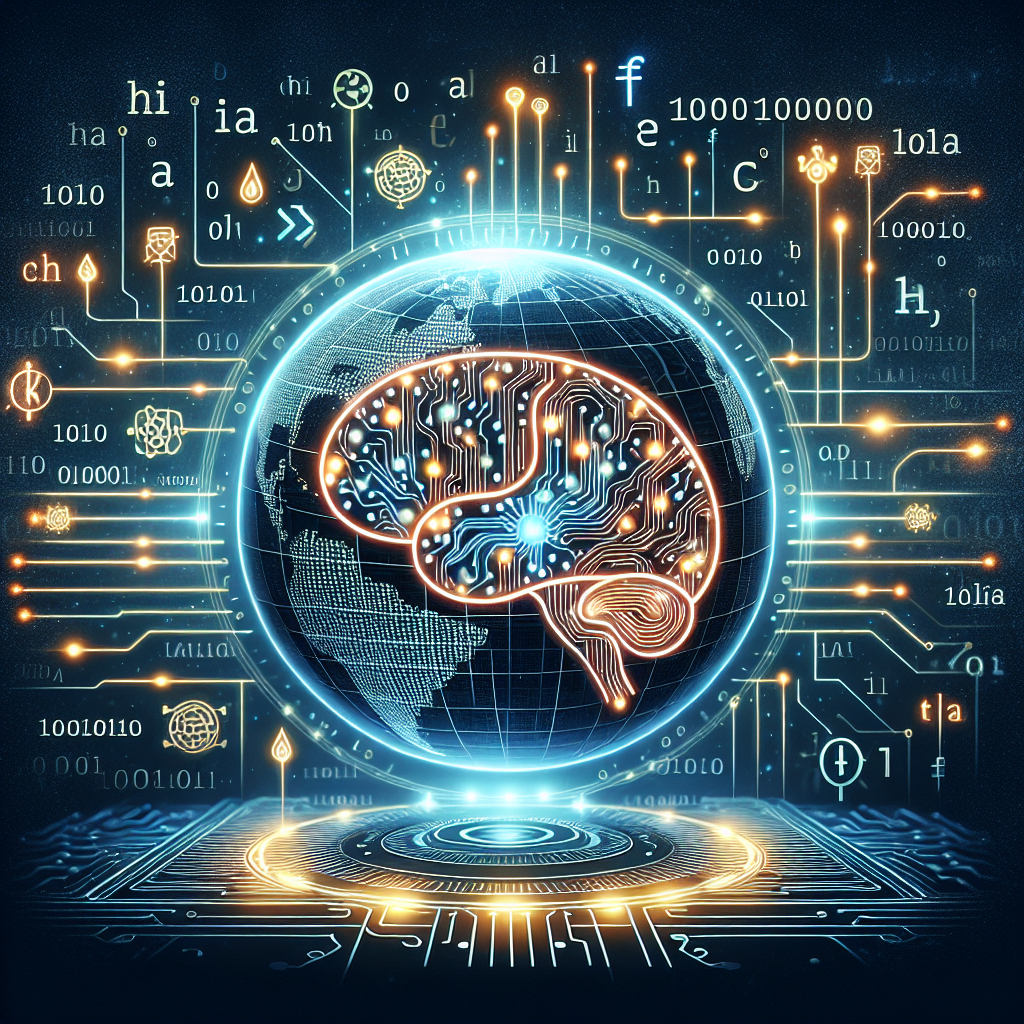Natural Language Processing (NLP) is a fascinating field at the intersection of artificial intelligence (AI) and linguistics. It enables machines to understand, interpret, and respond to human language in a valuable way. In this article, we will delve into what NLP is, its applications, the challenges it faces, and its future potential.
What is Natural Language Processing?
NLP is a branch of AI that focuses on the interaction between computers and humans through natural language. The ultimate goal of NLP is to read, decipher, and understand human language in a valuable way. This involves several tasks, including:
- Text analysis
- Sentiment analysis
- Named entity recognition
- Language translation
- Speech recognition
Applications of NLP
NLP has a myriad of applications across various industries. Here are some notable ones:
1. Customer Service
Businesses utilize NLP-powered chatbots to enhance their customer service experience. These chatbots can answer queries, provide recommendations, and resolve issues round the clock.
2. Sentiment Analysis
NLP helps organizations gauge public sentiment regarding their products or services by analyzing customer feedback and reviews. This information is crucial for improving products and tailoring marketing strategies.
3. Language Translation
NLP plays a significant role in automatic language translation. Tools like Google Translate use NLP techniques to provide real-time translations, bridging communication gaps across the globe.
4. Content Recommendations
Streaming services and e-commerce platforms utilize NLP to analyze user preferences and browsing behavior, providing personalized content and product recommendations.
Challenges in NLP
Despite its advantages, NLP faces several challenges:
- Ambiguity: Human language is often ambiguous, with words having multiple meanings. This can complicate the understanding of context.
- Variability: Different dialects, slang, and colloquialisms can hinder NLP systems in correctly interpreting language.
- Cultural Context: Understanding cultural nuances and context can be challenging for NLP algorithms, which may lead to misunderstandings.
The Future of NLP
The future of NLP looks promising as advancements in machine learning and AI continue to evolve. Here are some trends to watch:
1. Enhanced Conversational Agents
With improvements in NLP algorithms, future chatbots may deliver even more human-like interactions, making them indispensable in customer service.
2. Greater Personalization
NLP will enable more personalized user experiences across various platforms, from social media to online shopping.
3. Multimodal Processing
The integration of NLP with other data forms, such as images and audio, will create more comprehensive AI systems capable of understanding context in a richer manner.
Conclusion
Natural Language Processing has transformed how we interact with technology, enabling machines to understand and respond to human language effectively. As this field continues to evolve, its potential applications will likely expand, addressing challenges and paving the way for more intuitive AI systems. The understanding of NLP is not just beneficial for tech enthusiasts but essential for anyone interested in the future of human-computer interaction.

Leave a Reply